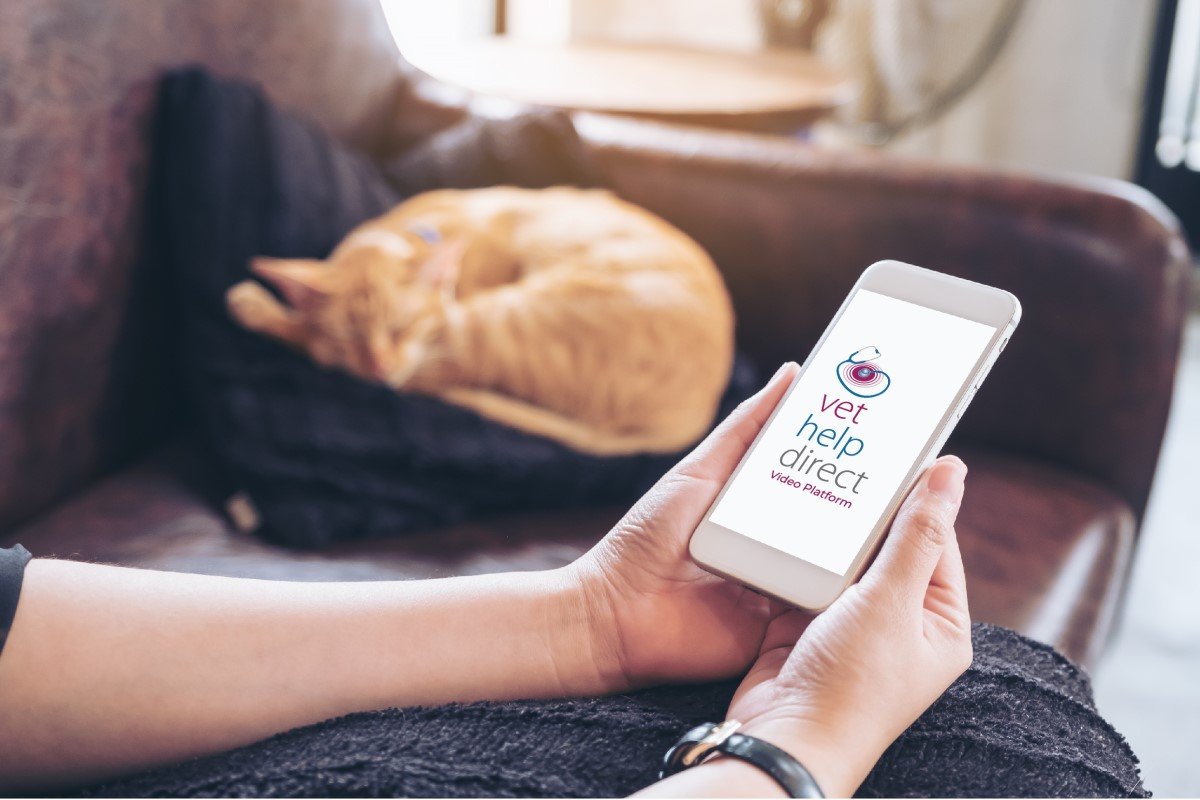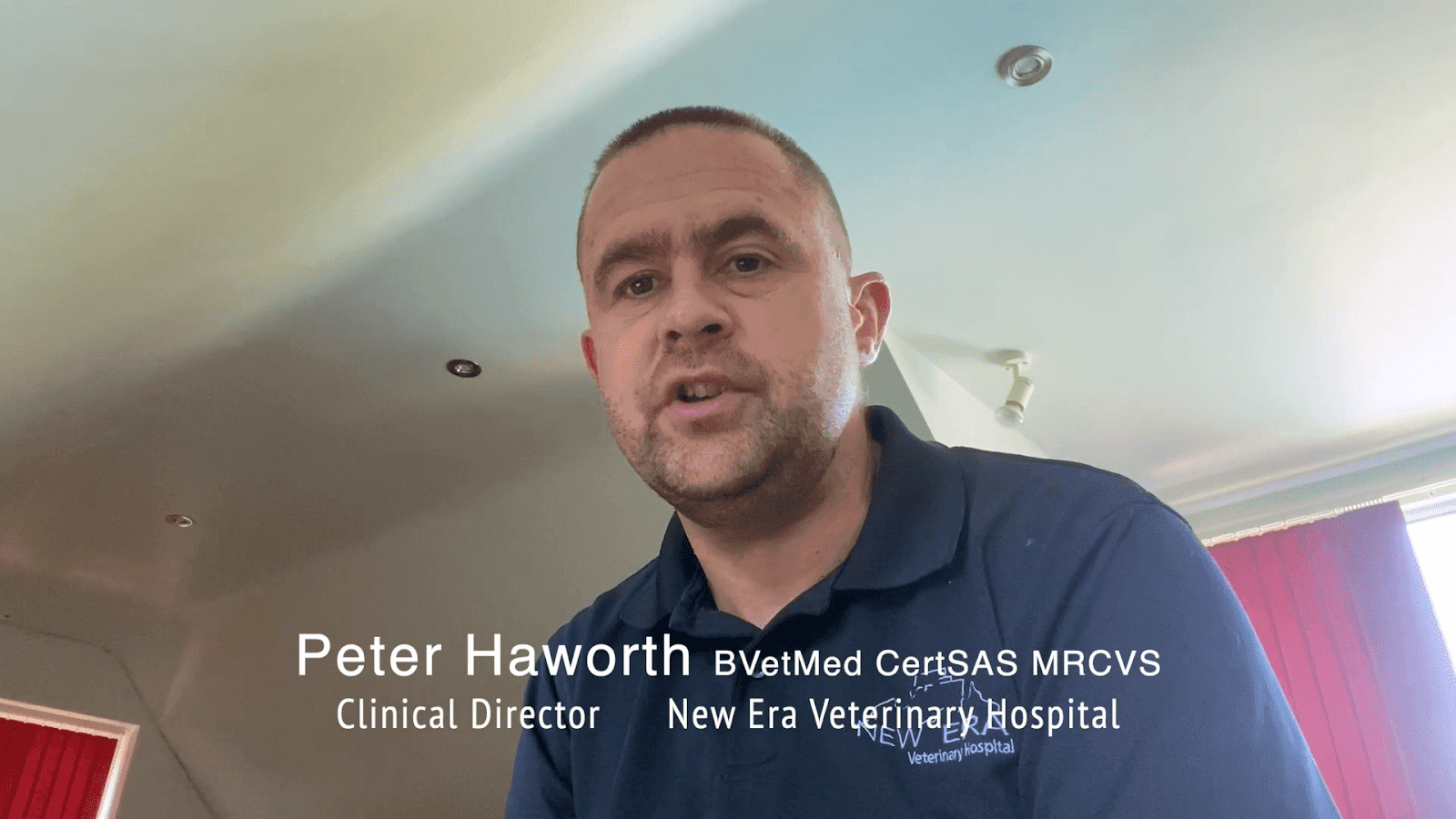April 8, 2020
Running a successful remote examination
Joanna Woodnutt BVM BVS MRCVS
April 8, 2020
We are all taught to examine animals at veterinary school. We are taught how to palpate, how hard to push, where to push- and we all learnt it, to a greater or lesser degree. But now we’re all having to learn a completely new way of handling an examination- the kind where we can’t lie on the floor to get the view we want, or ask a nurse to efficiently hold a wiggly pup, or press just there to see if it hurts.
Examining a pet remotely is very different to a hands-on examination, but that doesn’t mean you can’t gain valuable information. In fact, some aspects of the examination are better when done remotely than in the clinic. After all, an animal in his own environment will act differently to one in the surgery, and this can give you vital clues as to the animals’ condition. This is especially true for pets that are either hyper or aggressive in the clinic, or even just for the lame cat which compensates as soon as they get put in their cat basket.
Firstly, don’t forget to take full advantage of the ability to get a hands-off exam. Watch the animal move about his normal space, or sleep soundly. Owners are often desperate to touch their pets and show you what is wrong- ask them to leave the pet alone and in view, then ask a few questions whilst you observe the pet. This is the perfect time to get a resting respiratory rate, watch for neurological issues, or observe signs of stress in the environment.
Next, ask the owner to interact with the pet. Walk them up and down, take them up the stairs, go over and stroke them, ask them to sit, feed them, whatever is necessary- this may give vital clues as to what’s going on.
For the hands-on exam, you need to judge what you can and can’t ask the owner to do for you. Remember, unlike a phone call, you’re not relying on their interpretation of colour, size or reaction of their animal- you can see what’s going on. But you need them to be your hands for you. You can ask them to lift a lip, turn the head, lift an ear, or palpate a lump. Please be aware that if an owner gets bitten whilst doing something under your direction, it is likely that as the professional you would still be held liable, so it’s important to consider this and ask whether the owner feels comfortable. Some owners will be far more competent than others.
Having a model pet nearby that you can use to demonstrate what you would like the owner to do may be useful. For instance, you can say “Please gently pull his legs back at the hips, one at a time, like this” or “I’d quite like to see her belly, could you lift her up like this so I can have a look?”. Stuffed teaching dogs work well for this, or a pliable family pet can work too.
Remember that while an owner is doing these things you need to carry on talking to them and reassuring them that you are looking at their pet. In the clinic, owners can see that you’re examining their pet by watching your body and your eyes move. With video consultations, they don’t get that information, so your verbal communication is really important.
“That’s right, now if you could just hold him there for a second…. hmmm… yes….interesting… you’re doing really well, just hold him there a few more seconds… is that a rash I can see? Could you give it a little scratch, does he seem to find it itchy?”
Another important thing to remember is that video can sometimes blur or distort what you’re looking at, so checking that an owner agrees with the size of a lump or the extent of a rash is good practice. Try saying “It looks to me like it’s about the size of a fifty pence piece, would you agree?” or “It looks like he’s flinching away from you when you do that, what do you think?”.
Once you’ve ascertained whether the pet is considered an urgent case that needs further assessment or can be provided with medications over the phone, discuss your recommendations with the owner as you would do normally. Many owners are worried about not being able to access care if their pet should need it, so don’t forget to reinforce that they should get back in touch if their pet shows any further problems.
Telemedicine is never going to replace a good, thorough physical exam for the vast majority of cases, but there’s no reason it can’t be used as part of a diagnostic process, especially for less mobile clients. It’s amazing how many cases can actually be diagnosed using video technology, and your clients will thank you for offering your services to see their pets, both now and in the future.


